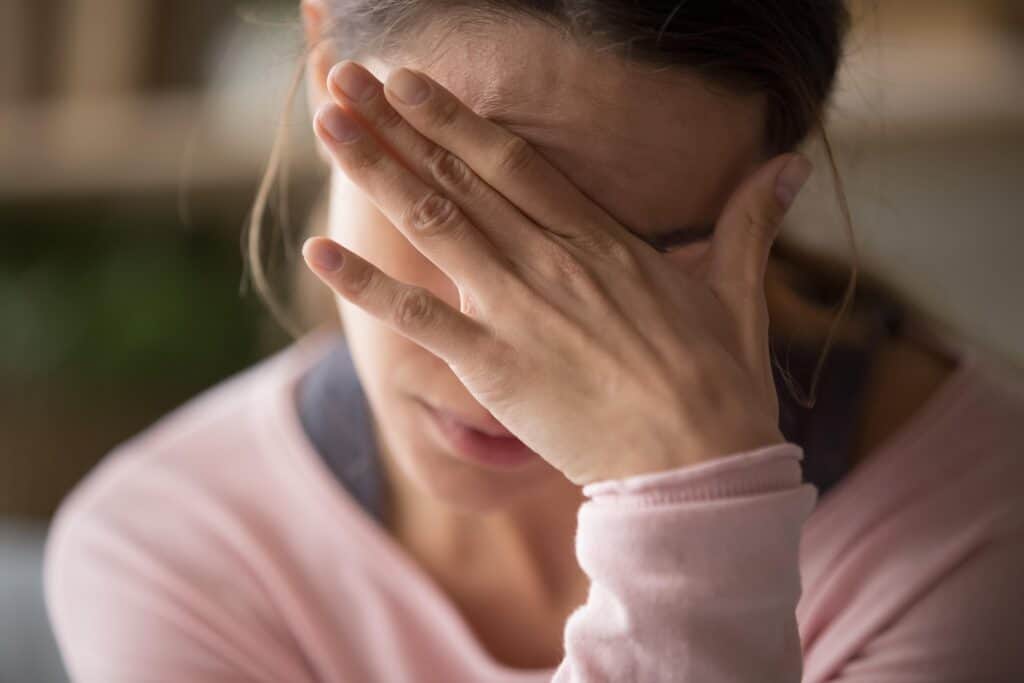- 98143 70700
- info@thehermitage.rehab
- 22, Circular road, Opp. VR Ambarsar, Amritsar
Anxiety is a multi-factorial psychiatric disease which according to some studies suggests to pre-dominate in females rather than males. Nonetheless, its symptoms affect all genders in an equal manner. In anxiety-related disorders, both psychological and physiological symptoms are present but usually, it is the physiological signs that become overpowering making it difficult to formulate a diagnosis.
Anxiety-related disorders are of many types, but the three basic categories are as followed;
Some sub types of Phobic Anxiety Disorders are:
3. Panic Disorder: Panic disorder is a severe form of anxiety-related disorder where the intensity of physiological symptoms is extremely heightened because of which most of the patients land in emergency wards of hospitals. A panic attack is often short-lived, lasting for around 15-30 minutes, and may arise anytime without any reason. To be diagnosed with panic disorder, the patient must have had 3-4 episodes of panic attacks within one month period.
Some other important categories of Anxiety-related disorders are;

Feeling anxious sometimes does not decipher to have a disorder but when this feeling of anxiety becomes overpowering and hinders your daily life, it is time to seek aid.
Some of the causes that may give rise to these feelings are;
Anxiety-related disorders not only affect the patients psychologically or bodily but socially and occupationally as well leaving deep wounds in their place.
The team at the Hermitage Rehabilitation Centre, Amritsar, Punjab under the proficient guidance of Dr. JPS Bhatia, has been dealing with patients with Anxiety-related disorders successfully and yielding maximum results.
As the types of Anxiety-related disorders are different, so are the treatment services provided. The team offers comprehensive evaluation first for proper diagnosis, followed by psychotherapies like CBT, DBT, Exposure Therapy, and Relaxation techniques as well as in some specified cases pharmacological intervention for increasing the level of serotonin chemical in the brain, is used.
The earlier the diagnosis is made for anxiety-related disorders, the better the chances for a full recovery.
WhatsApp us